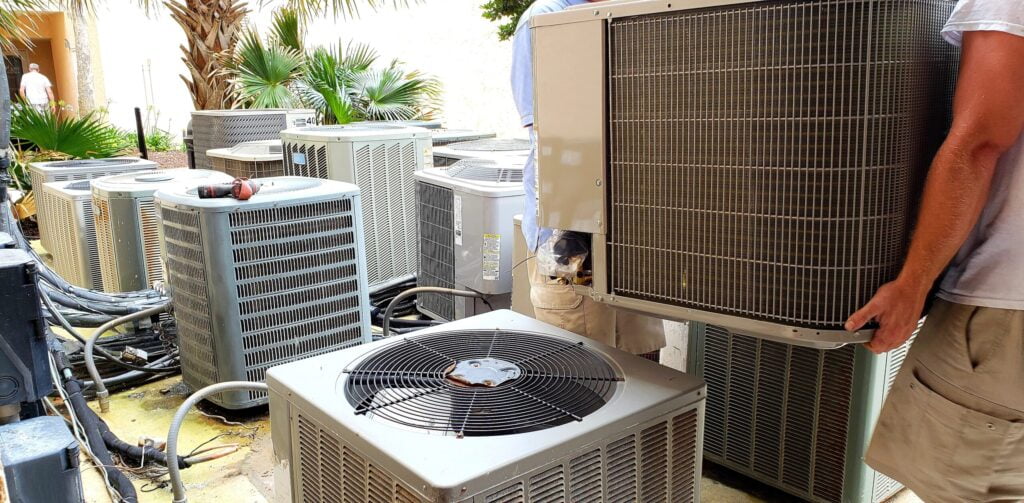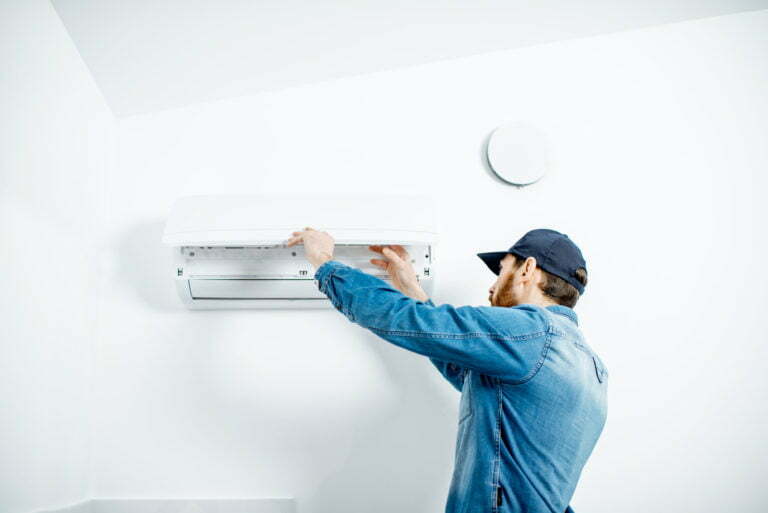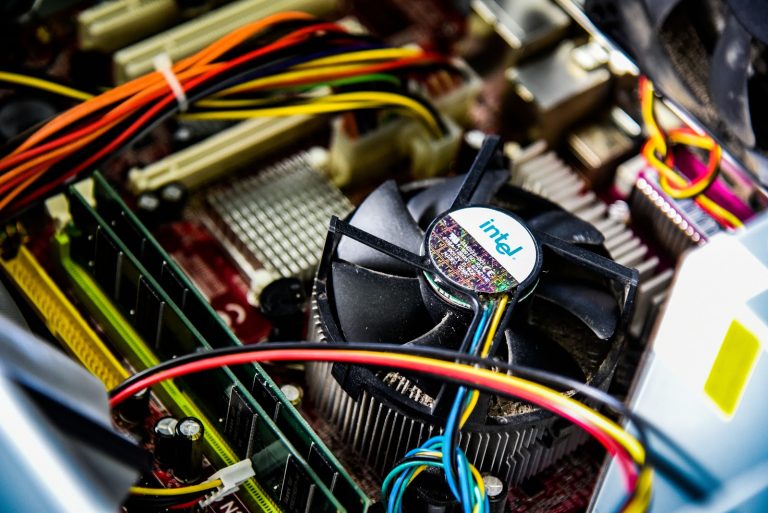Are you tired of dealing with high energy bills due to inefficient air conditioning systems? Don’t worry, you’re not alone. However, many homeowners don’t know what to do or where to start when it comes to getting their HVAC system back into good working order. In this article, we will explore some energy-efficient air conditioning repair solutions that can help you save on your monthly energy bills. Keep reading to find out how these simple, yet effective strategies can lead to lower monthly expenses and a more eco-friendly lifestyle.
The Importance of Regular Maintenance
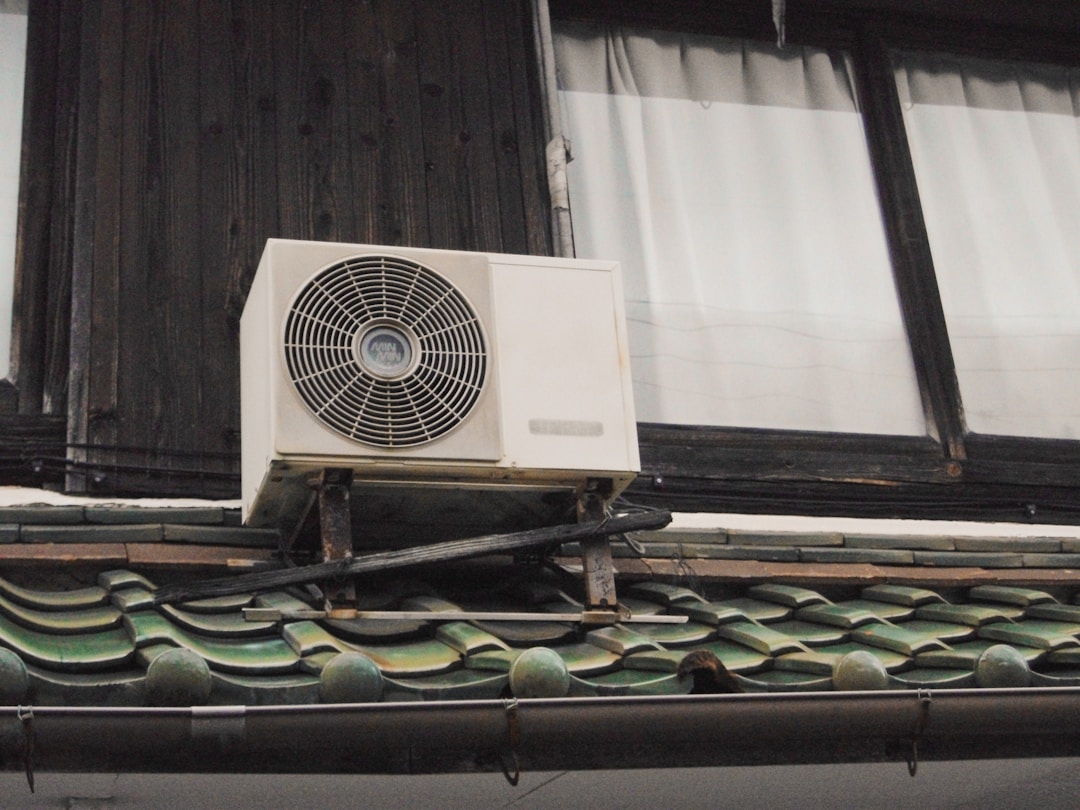
One of the most overlooked factors affecting the efficiency of an air conditioning system is the lack of regular maintenance. In order to operate at peak efficiency, your AC unit requires periodic checkups and tune-ups. Ignoring your system’s maintenance needs can lead to higher energy bills, as the unit will have to work harder to maintain the desired temperature. Neglecting maintenance can result in decreased performance and a shorter lifespan for your air conditioning unit. Scheduling maintenance with a reliable HVAC service provider like Climate Control Heating & Air can address small issues before they escalate.
Preventive measures include cleaning the air filters, checking the refrigerant levels, and inspecting the components for wear and tear. By ensuring a well-maintained system, you can increase your AC unit’s energy efficiency while reducing monthly energy bills. In addition to decreasing energy costs, regular maintenance and filter changes can also improve indoor air quality and provide optimum comfort for you and your family. Since a well-maintained AC unit operates more efficiently, it can maintain the desired temperature faster, with less energy consumption and minimal strain on the system.
Upgrading to a Programmable Thermostat
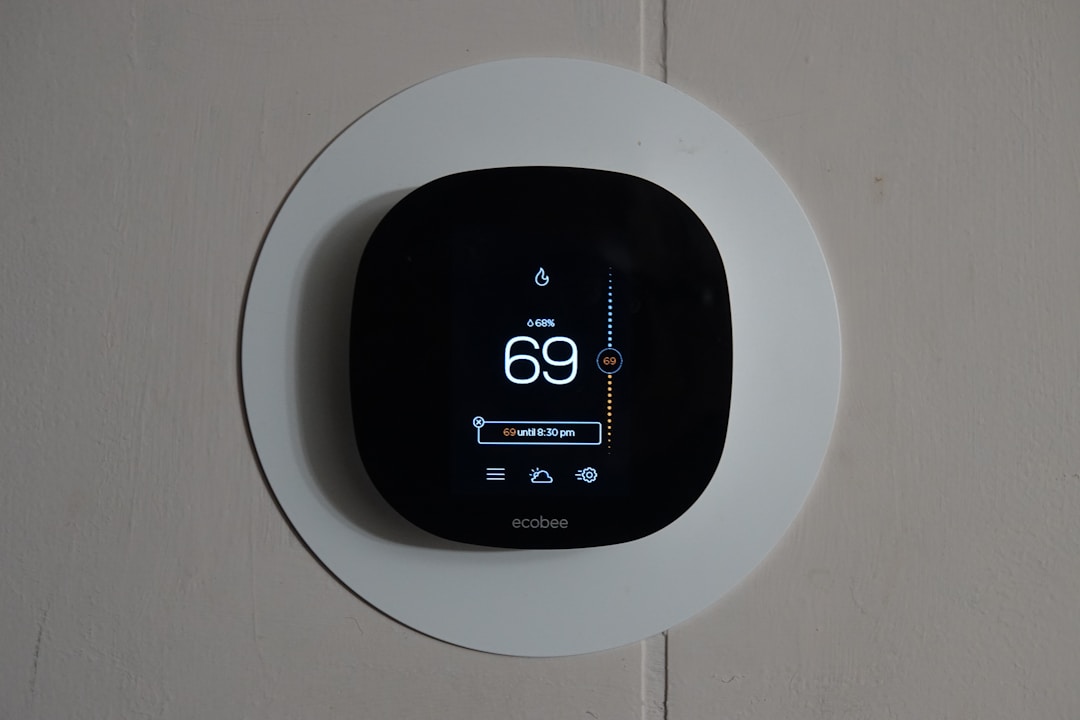
Another factor that can contribute to higher energy bills is an outdated thermostat. If your thermostat is not programmable, it might be time to consider upgrading. Programmable thermostats allow you to set specific temperatures for different times of the day, ensuring that the air conditioning system does not work harder than required.
By installing a programmable thermostat, you can tailor your home’s temperature settings to match your daily schedule. For instance, during the daytime when nobody is at home, you can set a higher temperature to save energy while still maintaining a comfortable environment when you return. Some models even allow remote control through your smartphone, enabling you to adjust the temperature from virtually anywhere.
Investing in a High-Efficiency AC System
If your air conditioning system is more than 10 years old, it might be time to consider investing in a new, high-efficiency model. Advances in technology have led to the development of air conditioning systems with increased operational efficiency, resulting in lower energy consumption and reduced energy bills.
When selecting a new AC system, it’s imperative to choose one with a high Seasonal Energy Efficiency Ratio (SEER) rating, which measures the cooling efficiency of an air conditioner. A higher SEER rating signifies that the system uses less energy to provide the same amount of cooling as a less efficient unit, translating to cost savings over the life of the system. Although high-efficiency systems may have a higher upfront cost, the long-term energy savings can outweigh the initial investment.
Moreover, besides the obvious energy-saving benefits, a new, high-efficiency AC system can improve your home’s comfort levels and indoor air quality. Most modern systems incorporate advanced features such as variable-speed motors, which allow for more precise temperature control and a quieter operation.
Sealing and Insulating Air Ducts

Leaky and poorly insulated air ducts are another major culprit of energy loss in your home. Air leaks can result in an inefficient air conditioning system, as the cooled air escapes before reaching the intended rooms. Insufficiently insulated ducts can also cause the cool air to warm up as it travels through the duct system, forcing your AC unit to work harder to maintain the desired temperature.
Sealing and insulating your air ducts can provide a more energy-efficient HVAC system and lead to cost savings on your energy bills. To seal the ducts, use mastic sealant or foil-backed tape to close any gaps or leaks. Proper insulation is also necessary, as it will help maintain the cooled air’s temperature as it moves through the ductwork. By addressing these issues, you can minimize the strain on your AC system and increase overall efficiency.
As you can see, investing in energy-efficient air conditioning repair solutions such as regular maintenance, upgrading to a programmable thermostat, installing a high-efficiency AC system, and sealing and insulating air ducts can significantly lower your energy bills. It’s well worth it for financial reasons dn for the quality of life boost that these updates can bring. By taking these steps, you can not only save money but also contribute to a more eco-friendly home environment.

